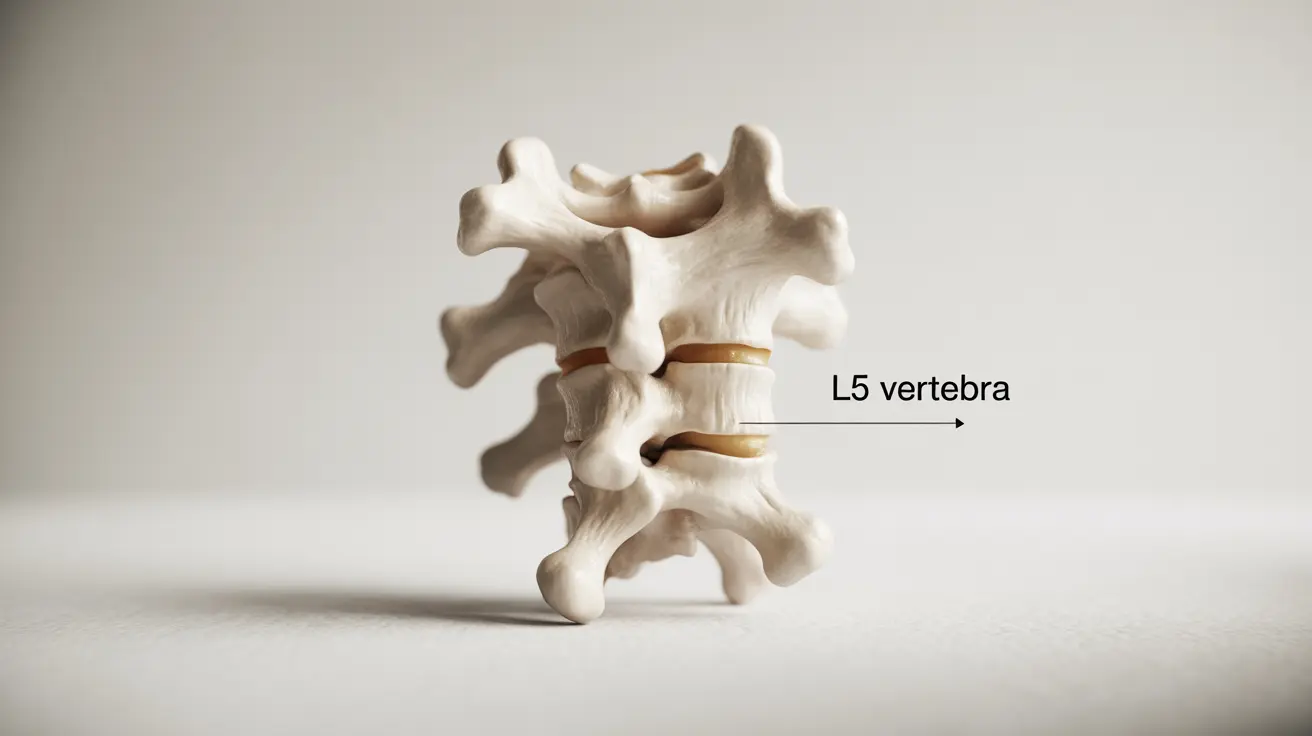Drooping or excess eyelid skin can be more than just a cosmetic concern—it can significantly impact your vision and daily quality of life. Blepharoplasty, a specialized surgical procedure targeting hooded eyes, offers a transformative solution for individuals struggling with sagging eyelids that obstruct their visual field or detract from their natural appearance.
Whether you're experiencing functional vision challenges or seeking aesthetic improvements, understanding the intricacies of eyelid surgery can help you make an informed decision about this life-changing procedure.
What Are Hooded Eyes and When Is Surgery Necessary?
Hooded eyes occur when excess skin hangs over the natural crease of the eyelid, potentially creating a heavy, tired appearance or interfering with peripheral vision. This condition becomes more common with aging as skin loses elasticity and muscles weaken.
Types of Blepharoplasty for Hooded Eyes
- Functional Blepharoplasty: Medically necessary procedure addressing vision impairment
- Cosmetic Blepharoplasty: Surgical enhancement focused on aesthetic improvements
- Combination Approach: Addressing both medical and aesthetic concerns simultaneously
Ideal Candidates for Eyelid Surgery
Not everyone is an immediate candidate for blepharoplasty. Ideal candidates typically share several characteristics:
- Physically healthy individuals
- Non-smokers
- Adults between 40-65 years old
- Individuals with significant skin redundancy affecting vision or appearance
- People with realistic expectations about surgical outcomes
The Surgical Procedure: What to Expect
Blepharoplasty is an outpatient procedure typically completed within 30-60 minutes under local anesthesia and sedation. Surgeons strategically place incisions along natural eyelid creases to minimize visible scarring.
Surgical Techniques
- Precise removal of excess skin and fat
- Potential muscle tissue modification
- Careful closure using sutures or surgical adhesives
Recovery and Aftercare
Recovery from blepharoplasty is relatively swift, with most patients experiencing minimal discomfort. Typical post-surgical experiences include temporary swelling and bruising that resolves within two weeks.
Recovery Guidelines
- Avoid strenuous activities for two weeks
- Refrain from wearing contact lenses
- Postpone eye makeup application
- Wear protective dark sunglasses
- Follow surgeon's specific instructions
Non-Surgical Alternatives for Hooded Eyes
For those hesitant about surgery or seeking preliminary interventions, several non-surgical options exist:
- Botox injections for eyebrow lifting
- Dermal fillers to tighten skin
- UPNEEQ prescription eye drops
- Radiofrequency skin tightening treatments
- Temporary thread lift procedures
Potential Risks and Considerations
While blepharoplasty is generally safe, patients should understand potential complications:
- Temporary dry eyes
- Potential vision changes
- Rare risk of infection
- Possible anesthesia reactions
- Potential need for revision surgery
Cost and Insurance Coverage
Blepharoplasty costs vary, with average surgeon fees around $4,120. Insurance coverage depends on whether the procedure is deemed medically necessary for vision correction.
Frequently Asked Questions
What is the difference between functional and cosmetic blepharoplasty for hooded eyes?
Functional blepharoplasty addresses vision obstruction caused by sagging eyelids and may be covered by insurance, while cosmetic blepharoplasty focuses solely on aesthetic improvements and is typically an out-of-pocket expense.
How long does recovery take after eyelid surgery for drooping eyelids?
Most patients can return to work within a few days to a week, with complete recovery and reduced swelling occurring within two weeks. Full healing and final results may take several months.
Can insurance cover hooded eyelid surgery if it affects my vision?
If an ophthalmologist confirms that drooping eyelids significantly impair your visual field, insurance may cover the procedure as a medically necessary intervention.
What are the risks and common side effects of upper blepharoplasty?
Common side effects include temporary swelling, bruising, and mild discomfort. Rare complications might involve infection, changes in sensation, or asymmetrical healing.
Are there non-surgical alternatives to fix hooded eyelids?
Yes, alternatives include Botox injections, dermal fillers, prescription eye drops like UPNEEQ, and skin tightening treatments that can provide mild improvements without surgical intervention.




